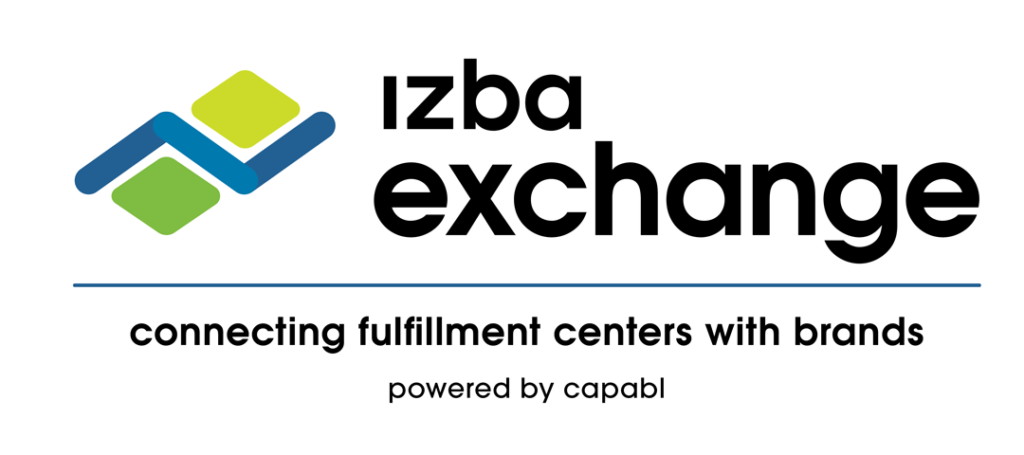In today’s rapidly evolving global market, companies face a multitude of challenges that can disrupt their supply chains. From shifting tariffs to fluctuating raw material costs and geopolitical uncertainties, the landscape is unpredictable. One thing is clear, however: resilience is key. By building a resilient supply chain, businesses can weather these storms and continue to thrive. Here’s how to make sure your supply chain is up for the challenge.
1. Understanding and Preparing for Global Shifts
As we’ve seen with changing tariffs and trade policies, global events can have a significant impact on your supply chain. Even if your company doesn’t manufacture in affected countries, components from those regions may still be integral to your product. If you’re not aware of where your materials are coming from, unexpected cost increases can catch you off guard.
It’s crucial to gain full visibility into your supply chain—from sourcing to production. Knowing where each component of your product comes from helps you anticipate potential cost hikes and prepare alternative strategies to mitigate these effects. Keeping a pulse on shifting trade policies and geopolitical issues will give you a better understanding of where disruptions may arise, allowing you to pivot before costs or delays impact your business.
2. Diversifying Your Supply Chain: Alternate Options Matter
The key to resilience is having alternative options in place. This includes exploring multiple suppliers and manufacturing locations. If one region becomes unstable or tariffs are imposed, you’ll be able to switch to another source quickly. Diversification spreads risk and helps protect your business from the fallout of global events that could otherwise cause bottlenecks or skyrocketing costs.
A smart strategy here is researching potential manufacturing centers outside of the most impacted areas. For example, shifting some of your sourcing from China to Vietnam, India, or Latin America can provide flexibility and help mitigate geopolitical risks.
3. Scaling Fulfillment with the Right 3PL Partner
Choosing the right fulfillment partner can make or break your supply chain. When your business is growing, you need a 3PL that can keep pace with your expansion. However, not all 3PLs are suited to every stage of business growth. If you’re just starting out, selecting a massive fulfillment partner might not be the best move, as their systems and services may not align with your needs.
On the other hand, working with a smaller, more nimble 3PL might give you more personalized attention and flexibility as you scale. It’s essential to evaluate the right fit for your stage—whether that’s a smaller 3PL for your early growth phase or a larger provider as you scale into new markets.
4. Leveraging Data and Technology for Smarter Decision-Making
Supply chain visibility is more important than ever, and today’s technology makes it possible to make data-driven decisions with ease. Whether you’re using an ERP system, warehouse management software, or AI tools, having real-time data at your fingertips is essential for navigating disruptions.
Without access to real-time data, businesses can struggle to respond to issues as they arise. For example, if you’re unaware of a delay in your supply chain or an increase in material costs, you may not have enough time to pivot or negotiate alternative solutions. Leveraging technology enables your business to make quicker, more informed decisions that can help mitigate risk and stay ahead of disruptions.
5. Flexibility in Vendor Relationships
As your business grows, your vendor needs will change. This is why building flexible, transparent relationships with your suppliers and 3PLs is so important. Small businesses, in particular, benefit from partners who are willing to adapt to the growing needs and fluctuations of their operations.
As you scale, ensure that your vendors are not just “order takers” but partners who understand your growth trajectory and can provide the necessary support. Transparent communication is key—give your partners the information they need to stay ahead of challenges and help them understand your business’s future goals. A strong vendor relationship will allow both sides to act as extensions of each other, strengthening your supply chain’s resilience.
6. Avoid Overengineering Early On
A common mistake businesses make is overengineering their supply chains too early. While it’s tempting to build a complex, highly optimized supply chain right from the start, this can lead to unnecessary costs and operational challenges when your business is still small.
Instead, focus on building a supply chain that can scale with your business. As you grow, you’ll identify more efficient ways to optimize your operations, and your costs will naturally start to decrease as you gain leverage with suppliers. Early on, it’s better to keep things simple, focusing on efficiency and flexibility. As your volumes increase, you can invest in more sophisticated systems and processes that align with your business’s needs.
7. Prepare for the Unexpected
Supply chain disruptions are inevitable, whether due to natural disasters, political upheaval, or unexpected shifts in the market. The most resilient businesses are those that plan for the unexpected and have contingencies in place to ensure continuity.
This could mean having backup suppliers, multiple shipping routes, or emergency plans for fulfillment. As we’ve seen with the recent global challenges, businesses that can pivot quickly are the ones that remain competitive. By developing these contingency plans, you’re ensuring that your business will remain stable even in times of crisis.
Conclusion
In an ever-changing global landscape, building a resilient supply chain is no longer optional—it’s a necessity. By diversifying your suppliers, investing in the right technology, maintaining flexible vendor relationships, and scaling your operations in line with your business’s growth, you’ll be able to weather disruptions with confidence. As your business evolves, so should your supply chain, so remember to stay agile and be prepared to adjust as needed. With a resilient supply chain in place, your company will be well-positioned to thrive despite the uncertainties ahead.
The global trade landscape is rapidly evolving, and keeping your supply chain resilient is more important than ever. Stay updated on the changing trade wars and their impact on your business. Don’t miss out on key insights that can help you navigate global disruptions.




